In this article we will discuss some basic interior design principles such as Scale&Proportion, Balance, Rhythm, Emphasis (Focal Point), and Harmony.
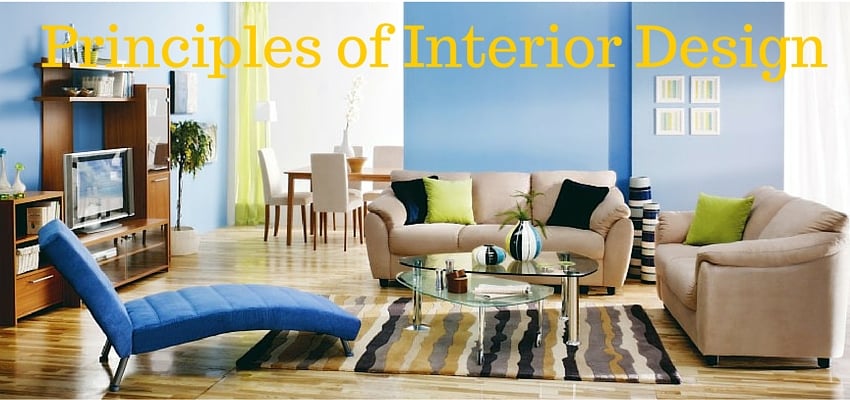
Over the course of Earth’s history, substantial growth and evolution has occurred in the world of art and design.
The true origin of design stems directly from nature. Natural beauty has been observed and studied by artisans, scientists, explorers, and more.
Great men and women have taken record of Mother Nature’s wonders over a great deal of time. These studies and observations have collectively provided our modern world with the tools to transform beauty into a science, more or less.
Of course, originality and creativity will always have a place in the world of art and design. However, there are some basic interior design principles to consider when attempting to create something that will be appealing to all of the senses.
The principles of interior design include:
- Scale & Proportion,
- Balance,
- Rhythm,
- Emphasis, and
- Harmony.
While these principles may seem fairly simple at first glance, they become far more complex when applied to the design of interiors.
When applied to interior design, each principle is a result of several smaller elements. These elements can determine the success within each principle.
Overall, with careful planning and execution, the principles of design can help any designer achieve their goal of creating a beautiful home interior environment.
Scale & Proportion
This principle is reliant on both the size and the association between objects. In order to successfully implement scale and proportion, a designer must be willing to plan ahead.
Many designers use a scaled floorplan of the space, and insert elements before final selections are made. This is especially important to consider when selecting furniture for an interior.
Most of the time, furniture takes the center stage in a space. Therefore, it is very important to measure carefully and visualize the space in some way.
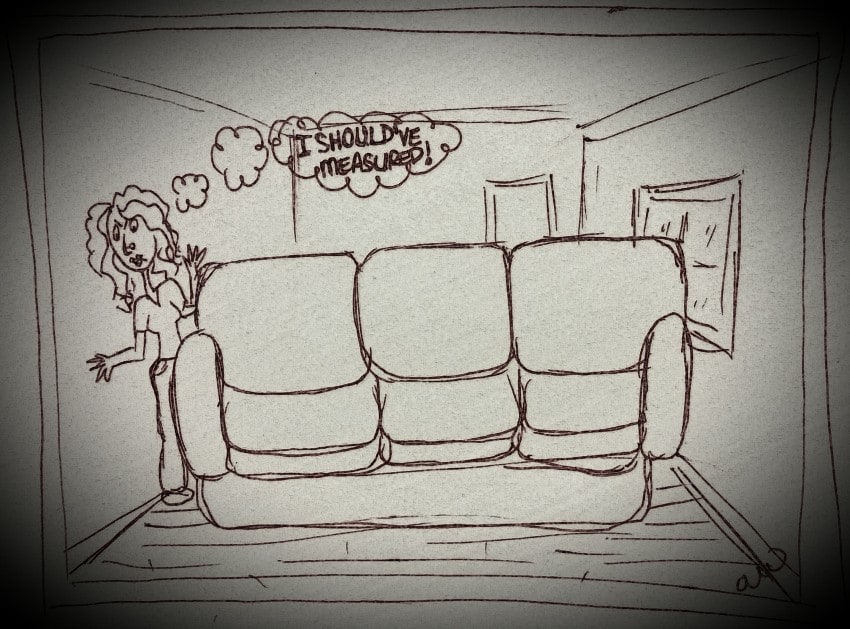
An example of inaccurate scale & proportion when concerning furnishings would be a couch that is too large for a room.
The couch would be an eyesore, trumping all other design elements in the immediate area. Perhaps it would even crowd the space, blocking traffic-flow. This kind of design mistake can be a detriment to any interior.
Scale must also be determined by a designer’s perception of the space and elements. Placing a large object beside a very small object will make the small object look even smaller than it actually is.
In other words, just as an oversized couch can make a room appear to be smaller, small furniture will look even smaller in a large room.
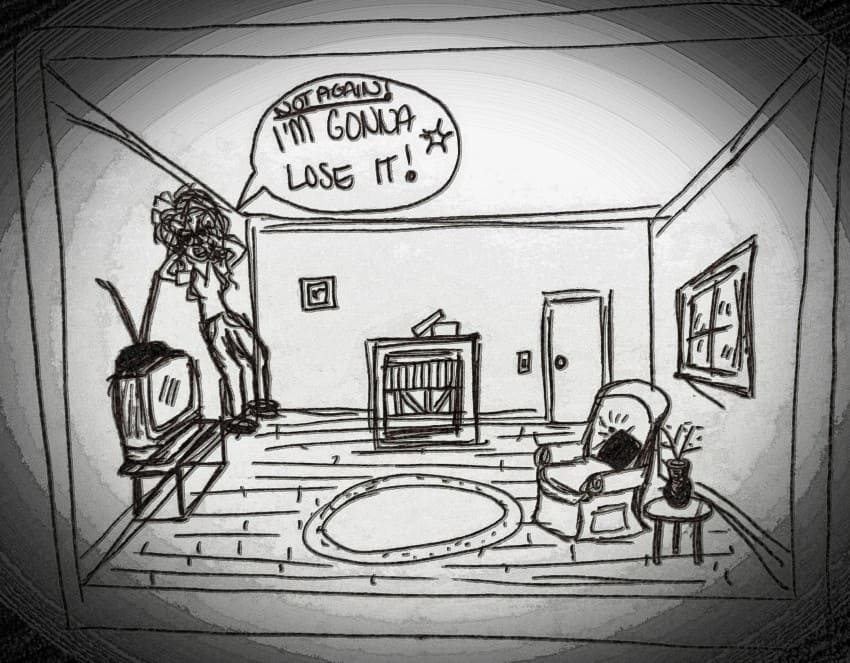
Scale and proportion are all about finding a happy balance of both size and relationship between all design elements in a space.
Ultimately, if a designer is careful to measure and plan an interior accurately, scale and proportion shouldn’t ever be an issue.
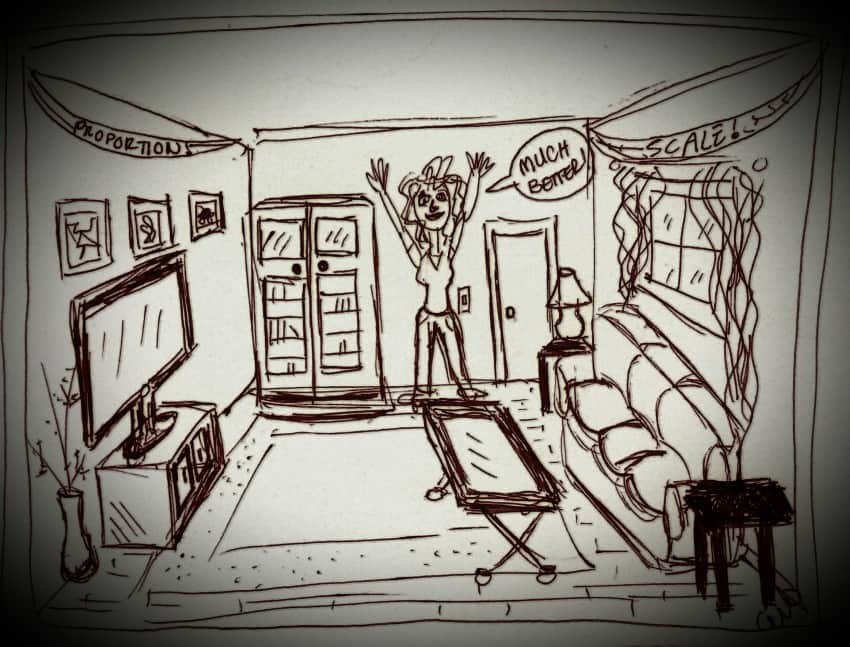
Balance
The first thing that comes to mind when we think of balance is symmetry. Equal and the same on both sides, and nothing more.
Well, that is not necessarily the only option when balancing an interior space. There are actually three types of balance used in interior design: Symmetrical, Asymmetrical, and Radial. All three are used to create balance within an interior space.
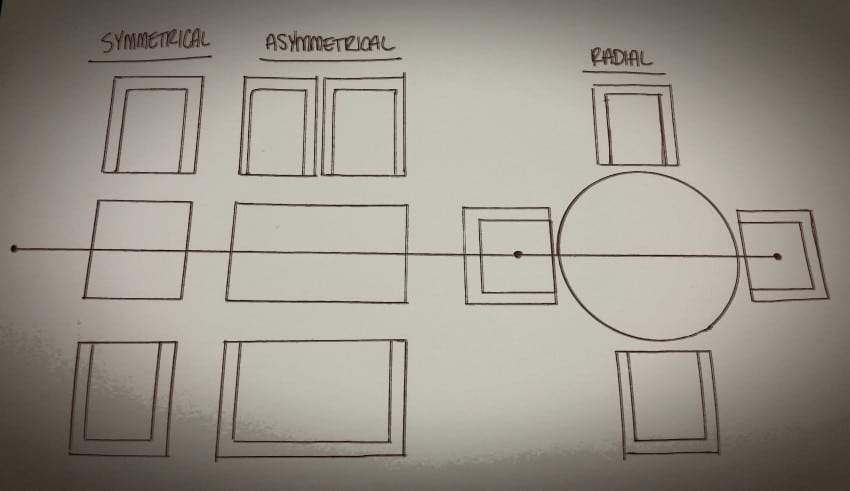
Symmetrical Balance
Symmetrical balance, also known as formal balance, occurs when the subject is mirrored exactly on the opposite side.
This is the most commonly used form of balance. It is also the most simple to achieve while designing interiors.
Symmetrical balance is known to be used in more traditional styles of design. It portrays serenity and calm in most cases. However, symmetry is also known for being a tad bit bland.
Asymmetrical Balance
Asymmetrical balance is less identical on either side of the center-line. However, it is proportional and similar to the other side.
This type of balance takes a bit more creativity to achieve. Asymmetry usually produces a more interesting feeling in a space by changing things up from one side to another.
This can be done using numerous design elements. For example, two small objects might balance out one large object.
Asymmetrical balance, when used in an interior environment, also creates a feeling of spaciousness, activity, and contemporary style.
Radial Balance
Radial balance is when all of the elements of design in an interior space radiate from the center of the space.
This can be as simple as chairs surrounding a circular table. However, this can also be used in more complex ways.
Radial balance truly leaves the complexity to the designer. The possibilities are endless while using this type of balance.
While it is important for a designer to know how to implement these individual types of balance, often times it is necessary to use them all. In fact, combining the different types of balance usually creates an appealing look.
Rhythm
Rhythm is the flow from one design element to the next, assisting the eyes to move freely throughout an interior environment.
There are three methods of achieving rhythm in interior design: Repetition, Transition, and Progression (Also known as Gradation).
Using these methods will create rhythm through continuity and interest. This is an important principle as well because, without flow, a room will often times appear to be awkwardly designed.
This is certainly something to be avoided. Carefully managing the rhythm in a space can make all the difference in the world.
Repetition
Repetition is fairly self-explanatory. This method creates rhythm by repeating design elements throughout a space.
These design elements include, but are not limited to: Fabrics, Patterns, Colors, Textures, Line, Light or Form. By repeating these design elements, designers are able to create flow throughout an interior environment by tying in pieces from other areas within the space.
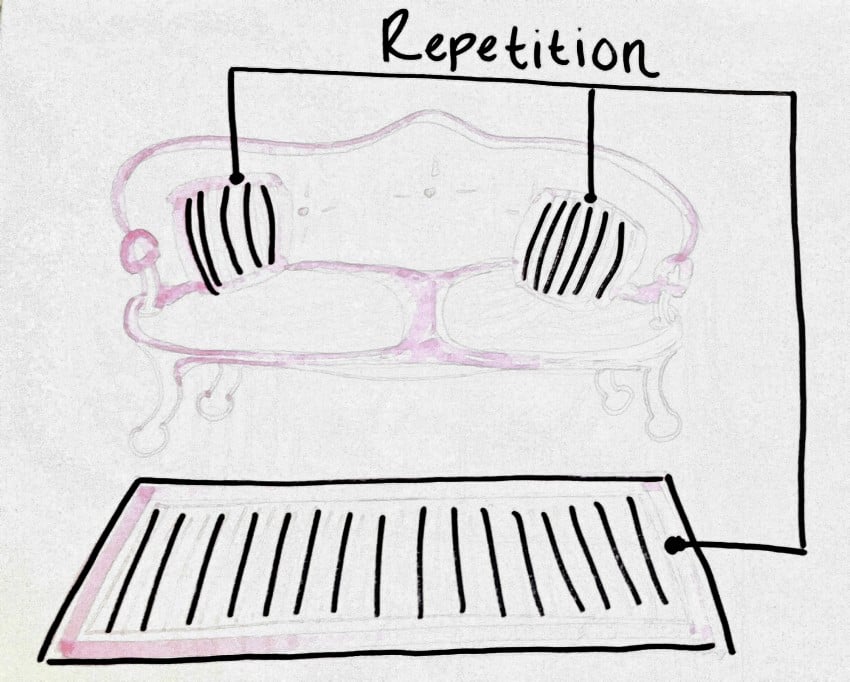
Transition
Transition is a bit more complicated, but still fairly easy to comprehend. Transition is used by implementing a continuous flowing object across a space.
It is most commonly used as a strong line or other form of architectural feature or furniture piece. Some examples include: Stair railings, draperies, dining tables, countertops, etc. This form of rhythm usually comes into play during the architectural stage.
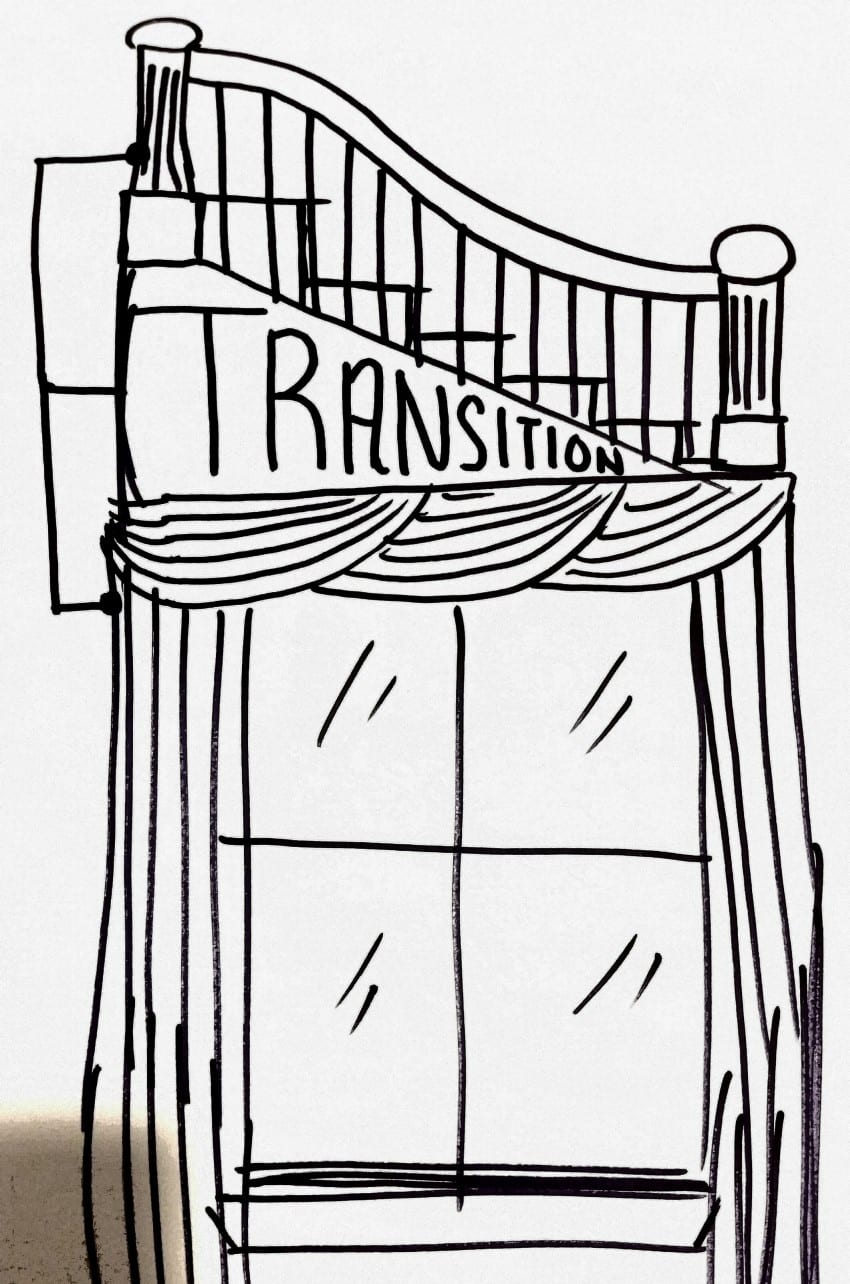
Progression
Progression is also a fairly simple element of the rhythm principle. It can be implemented by a gradation of color, size, shape, etc.
This not only adds rhythm to a space, but it can also create a sense of depth if used in certain ways. Nesting tables with their differing sizes are a great example of progression.
Small table, medium table, large table, and so on. Progression is a great way to add a unique touch to a space.
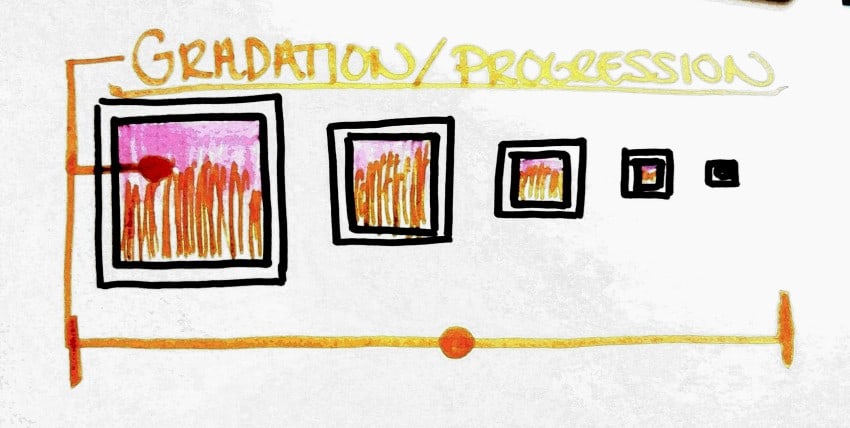
Emphasis (Focal Point)
Emphasis is important for any successful design. By encompassing a room’s center-point, a designer is able to command viewers’ attention to a specific area, then lead the eye wherever they please using the other methods principles of design.
There are several different kinds of emphasis: Emphatic, Dominant, Sub-Dominant, and Subordinate.
Emphatic: Natural or architectural focal point. Prominent and clearly featured.
Dominant: Any feature added to completely dominate the design of a space.
Sub-Dominant: Smaller features such as rugs, curtains, and central furniture.
Subordinate: Includes accessories and small featured décor.
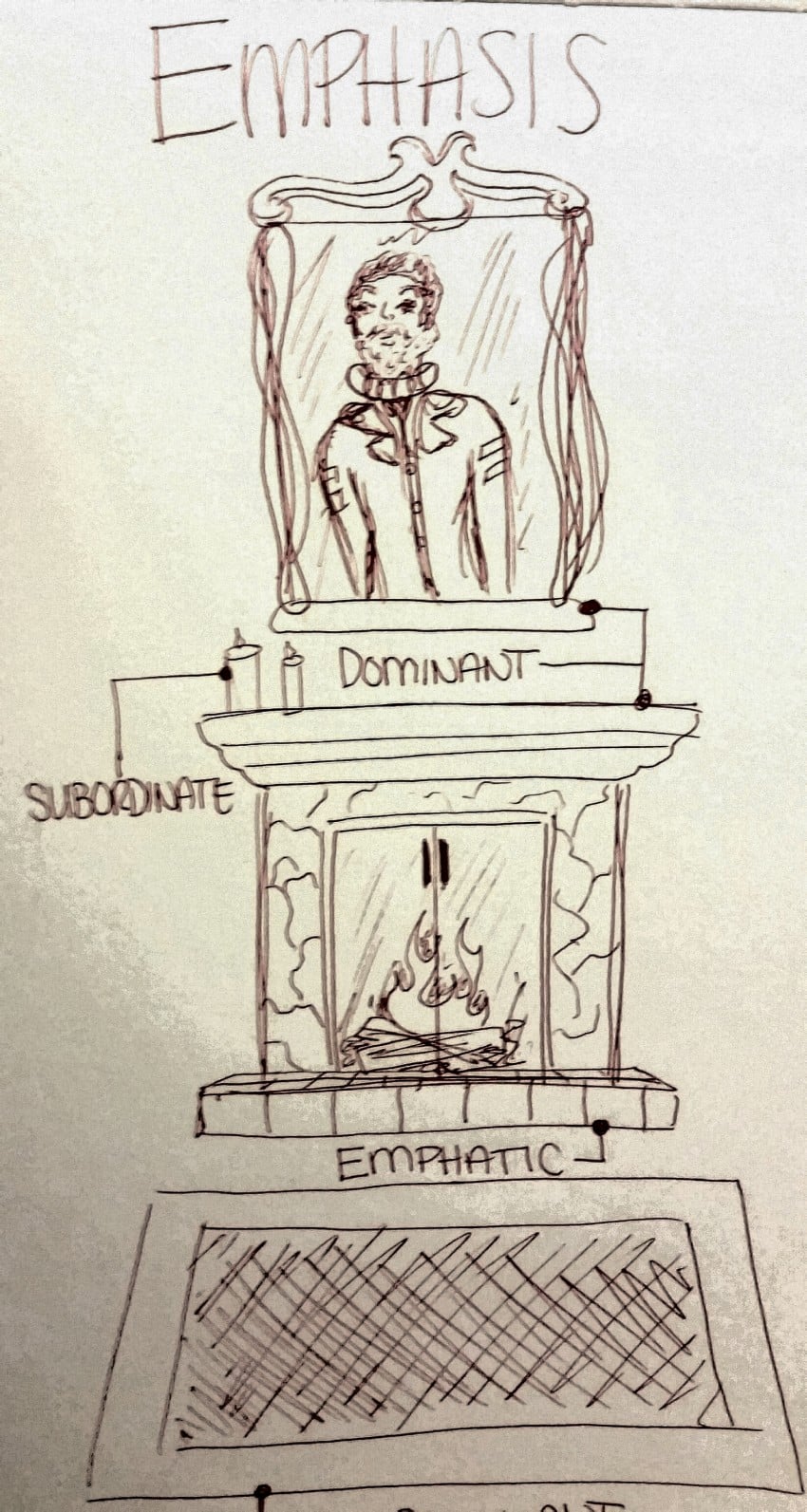
Harmony
This is really where it all comes together. All of the other principles, when utilized correctly, will create a sense of harmony in an interior environment.
Unity and variety combine with one another to blend the design together in a pleasing way. Several elements come together at this ending stage.
A designer absolutely must know these principles to get by in the world of design. Harmony doesn’t only blend elements together, as a designer, it also dissects all the effort put into creating the final product.
When unraveling, look for the following: Interior Architecture, Furniture, Colors, Textures, Window Treatments, Floor Coverings, Accessories, and the most important element of all, Style.
Look for the principles of design as well: Size & Proportion, Balance, Rhythm, Emphasis, and Harmony. If all of those things are there and done correctly, the designer did a great job.
As you can see, a lot goes into the five principles of design. However, the human race will never be done learning about what makes beauty come alive in interior design, as well as other types of artwork. Thank you very much for reading!
7 Elements of Interior Design
1) Space
Space is your primary element for interior design. It shows you what’s available for you to work with. It sets the limit. It can also set the possibilities.
Some spaces can be changed. It’s always possible to limit space. You can make one area narrow or smaller while adding space to other areas or rooms.
It’s not always easy to enlarge spaces but it’s doable. You can add floor spaces when the ceilings are high and when the building construct allows the addition of mini-balconies or loft-type units.
Interior design lets you get creative with a 3-dimensional space, which is length, width, and height. You can fill some areas or leave one untouched.
You can push the physical boundaries of the room to suit your priorities. Are you going for design over function? Or, is function the priority? Know this so you can stay on point.
2) Line
Lines are creative interior design tools that let you shape rooms and set the focus and movement of the eye. Any room will have a mix of lines. Primarily, it depends on the furnishings you put in.
It’s important to achieve unity and harmony. Of course, you will also need contrast if you don’t want your space to be dull or uninviting.
Horizontal lines are great for making rooms appear longer and wider. These are pleasing to the eyes and suggest order, smoothness, and clarity in every space. But don’t go all out horizontal as it can quickly result in a boring and uninspired design.
Vertical lines will be in every room. Essential doors, doorways, and windows will create that for you. Vertical lines are inviting. You see one, you’re likely to wander through the space it leads to. They also elicit the feeling of elevation. They’re great for making rooms taller.
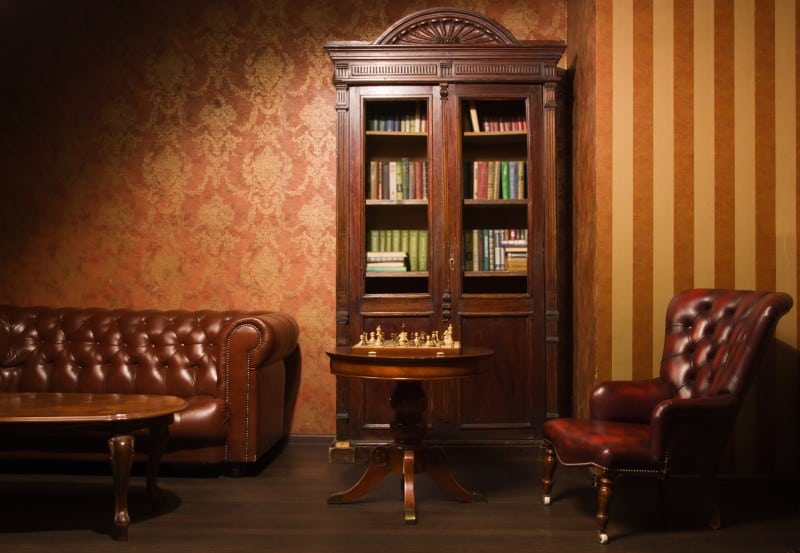
Tall furnishings and decorations can act as a centerpiece. They can be the focus of a room. Put a tall bookcase where it’s most flattering and it opens up that room in an instant. Hang long, attractive curtains from the ceiling to the floor and they will be a conversation item.
3) Form
Form points to the shape of your room and the objects you put in there, like your furniture and fittings. Natural forms are organic, like flowers and plants.
Geometric forms are man-made, like furniture. Provide hard lines and edges where you want to define and make an impact. Go for curves and rounded forms for a soft and relaxing sight.
Be careful with placement. You can mix forms to the point of confusion and even repulsion. Maintain harmony and balance so your objects don’t become eyesores to those who enter the space.
One example of harmony is when you place rounded globes or lamps over a long rectangular table. That’s a beauty. Or, why not choose dining chairs with curved backrests to match your square dining table?
4) Light
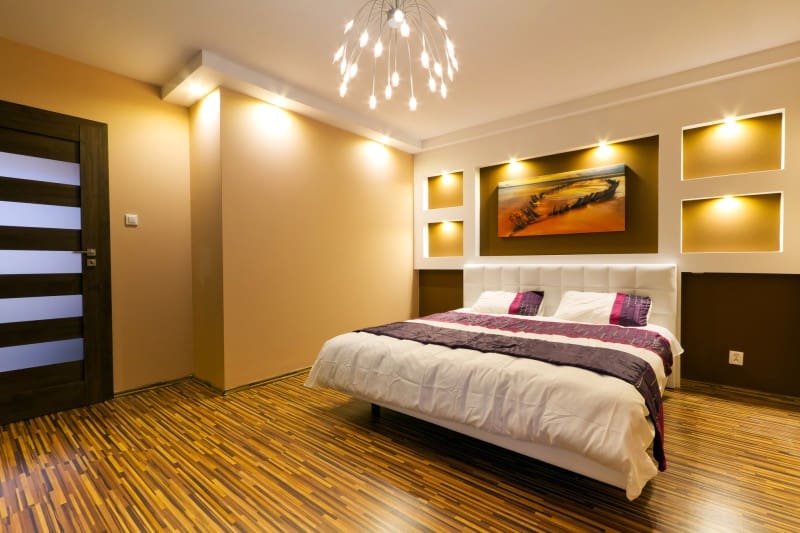
Lighting is an essential feature of any space. It is crucial for design and functionality. Properly lit rooms will always be inviting and invigorating. And opposite to that, poorly lit rooms seem to tire or dampen the spirit and energy of its occupants.
It’s important to know how much light you’re planning to infuse into the room. Some rooms will benefit from full lighting. Others are best with soft lighting. Some others require dim lighting. Know what’s proper. Also, make good use of natural lighting whenever you can.
There are 3 types of lighting for interior design.
- There’s task lighting. Its use is for function or purpose.
- There’s accent lighting. It emphasizes objects or spots in a space.
- Lastly, we have mood lighting. It’s for adding ambience.
5) Pattern
Patterns add appeal and focus to a room or object. The options are numerous. You can go with stripes and prints. You can also choose photos or varied collages.
You must consider the size and style of a space before injecting patterns in. Patterns may do best in spaces that don’t have a lot of furnishings. That way, you won’t overwhelm the space and the eyes of the beholders.
Patterns can as easily cut down space as much as they can open up space. So be mindful of the size of your patterns. Determine how generous you can be with using patterns given the size of the space you are working with.
6) Texture
Texture adds yet another dimension to your space. When you mix color and patterns, you get new textures each time. Texture gives your space its unique identity and appeal.
Textures provide depth and arouse interest. It gives character to your room. You can go glossy for a striking appeal. You can use matte and smooth textures for a classical and traditional look.
Use textures to complete any room and to achieve unity. Sometimes, one additional object or an infusion of color and pattern can bring the whole space and its objects together.
7) Color
Color is a good element of interior design. And you can be as creative as you can be with color mixes and palettes. Interior designers can unleash playful activity with color schemes.
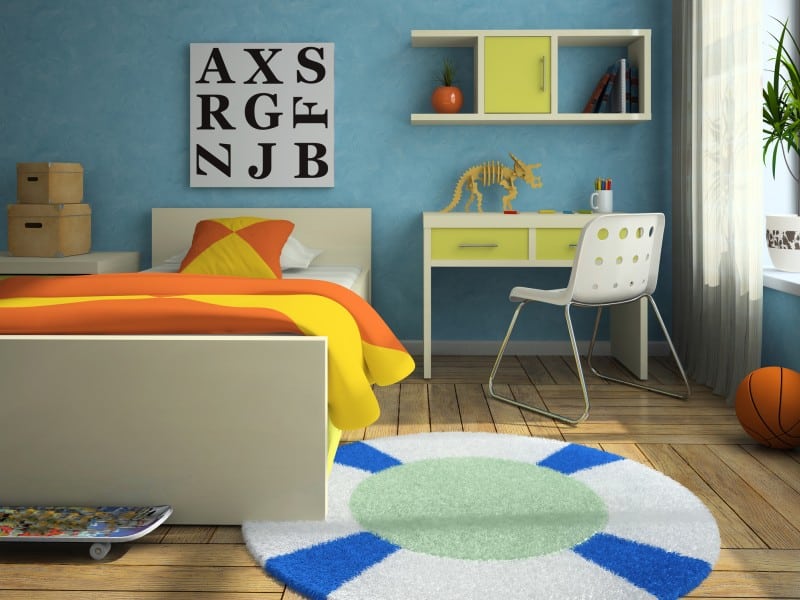
Colors can create mood. It can stimulate the body and the mind. It can also alter the eyes’ perception of any room. For instance, blue and green shades are great for bedrooms
Light color schemes may be more inviting for guests as opposed to dark color schemes. So, why not go for white or pastel hues with your receiving area?
Colors can be affected by natural and artificial lighting. Remember that as you decide on the specific shading you’ll apply to a space.
Related Posts
- How to Protect Sliding Glass Doors from Burglars: Essential Security Tips
- How Long Do Sliding Glass Doors Last? Durability and Lifespan Explained
- Here Are Some Pros and Cons of Textured Walls in Homes
- Why Do Sliding Doors Get Stuck? Common Causes and Solutions
- Comparison of Knockdown Drywall Texture vs Orange Peel
- Some FAQ (Frequently Asked Questions) About Wall Paneling for Homes
Leave a Reply